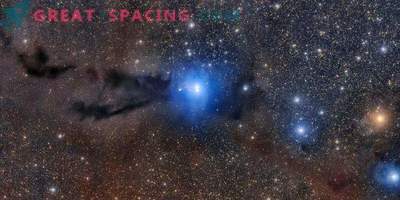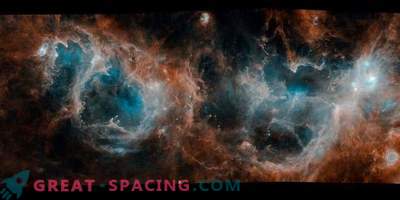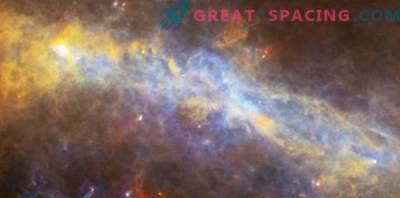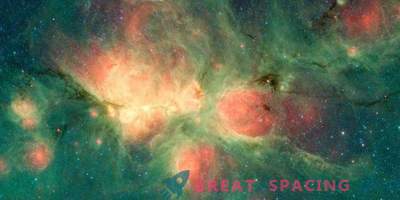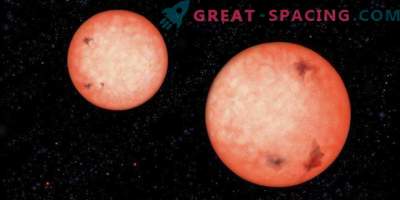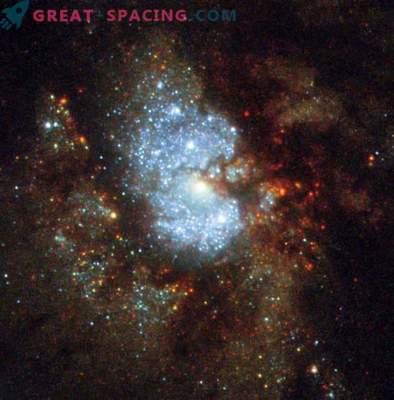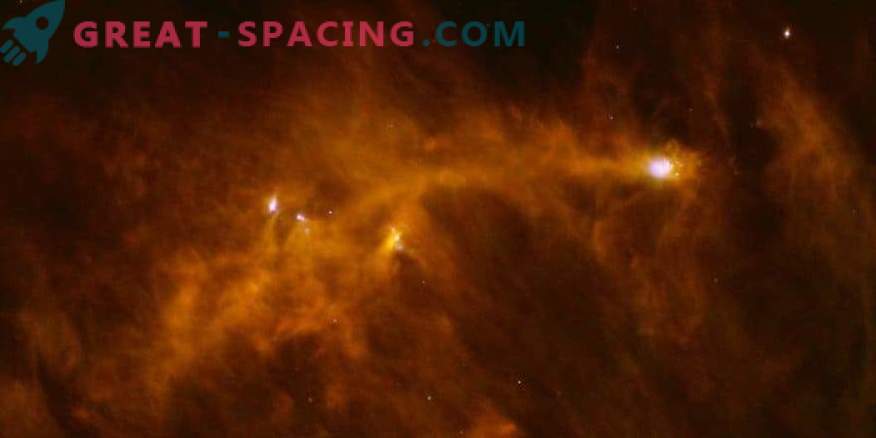
The Herschel telescope detected a dark cloud, the Chameleon I, which manifests itself as an active center of star birth. Lives at a distance of 550 light years on the territory of the Chameleon constellation and is one of the closest areas with a stellar maternity hospital.
The Herschel telescope was launched in 2009 and watched the sky at far infrared and submillimeter wavelengths until 2013. The sensor is sensitive to heat from cool dust, where stars form. This allows you to get amazing views of the sections of the Milky Way.
Herschel scanners have demonstrated an extensive and complex network of threadlike structures throughout the galaxy, confirming that the threads are the most important elements of the process of star birth. The threadlike cloth is born due to the turbulent motion of gas in the interstellar material. Then in the most dense threads, gravity comes into play, compressing objects. The same happens in Chameleon I. Most of the star formation is activated when the filaments come together - a bright area at the top right and left of the center.
A closer look at the picture revealed more than 200 young stars in a cloud aged 2 million years. Most are still hidden in the disks of the remaining material. Because of its proximity, Chameleon I is an excellent laboratory for the study of protoplanetary disks.
